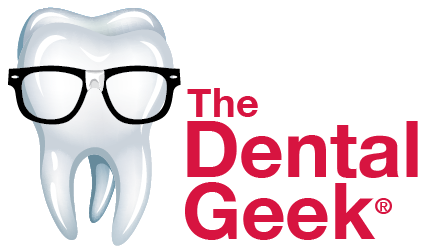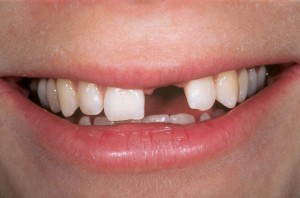Implants vs. Fixed Bridges: Can Patients Make an Informed Decision?
Implants are a predictable long-term solution for restoring edentulous patients, but are all dentists recommending this option when they present treatment plans to patients? Unfortunately, it is all too common to see practices where dentists who do not place implants (nor have a good referral relationship with a surgeon) never mention the option of implants to their patients when this would be a perfectly good alternative.
The term “out of sight, out of mind” may best describe the phenomenon, although there may be financial incentives as well, for both the patient and dentist. If a dentist’s practice is built on high-end fixed prosthetics, they have achieved an efficiency where they can prepare 2 teeth in 20 minutes, take an impression, be finished with treatment in 2 weeks and insert a bridge, with insurance covering a good portion of the treatment cost. The financial productivity is maximized while the time commitment and risk to the dentist and patient are relatively low, compared to an implant.
Never mind that the patient may have had 2 adjacent teeth that were otherwise perfect before the bridge preparation. Never mind that even if they were imperfect, the bridge may introduce endodontic symptoms or result in recurrent decay over time, which may lead to more extensive treatment and a vicious circle of retreatment.
Never mind as well that the edentulous space under the bridge may continue to resorb. Does it serve the patient’s best interest to ignore the implant option, and is it becoming a standard of care (and a violation of informed consent) NOT to disclose the implant treatment option to patients in a situation that could be served well by both bridges and implants?
I believe the dental profession has come a long way, but in tough economic times there is sometimes a tendency to assume patient preferences and judge the financial status of patients, thus biasing the treatment presentation. When implant options are viable, and the patient requests a fixed prosthesis, it is vital that implant options be reviewed along with bridges and other fixed alternatives, and given due diligence.
Not discussing all options and explaining their risks, benefits and long-term prognoses (to both the affected dentition and the surrounding bone) will result in patients making a choice based on biased or incomplete information, and therefore provide the dentist with “misinformed” consent.
Dental bridges are a wonderful prosthetic option and have had good long-term success. The take-home message of this fact is not that implants should be placed instead of bridges; it is that we should strive to present BOTH implant and bridge options to patients when both options are reasonable alternatives, and allow the patient to decide after being fully informed, without prejudice. If dentists are not comfortable placing implants, they should establish a relationship with an implant surgeon and learn to think like an implant dentist, for the benefit of their patients and the profession.


Leave a Reply